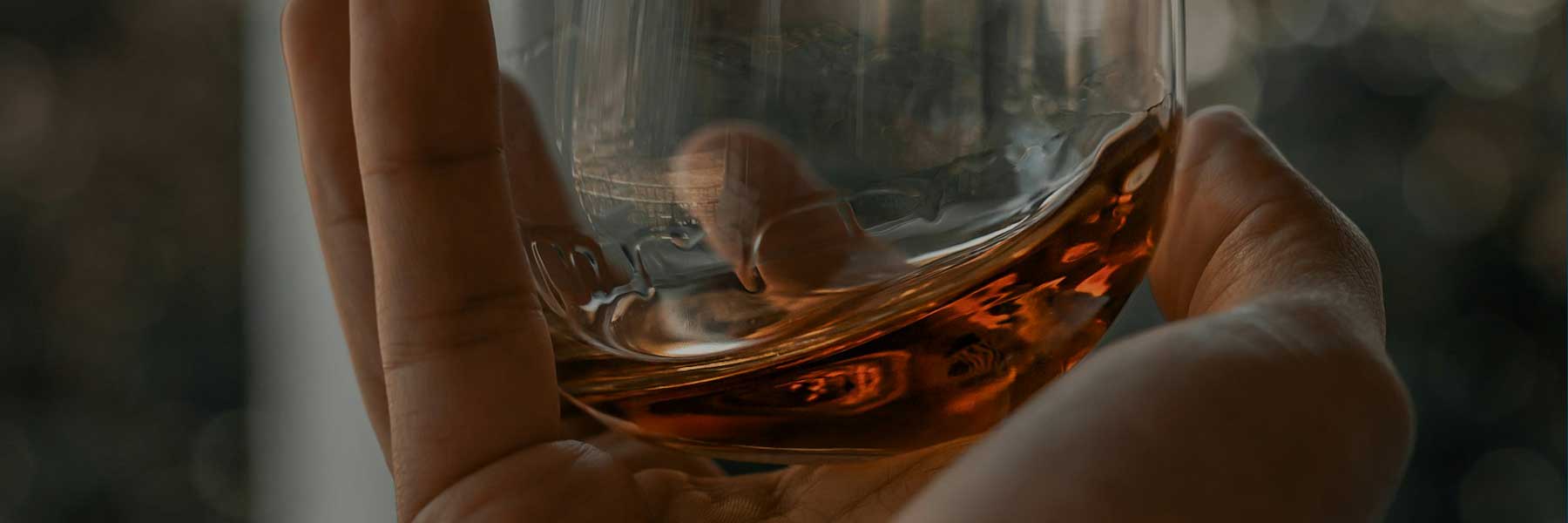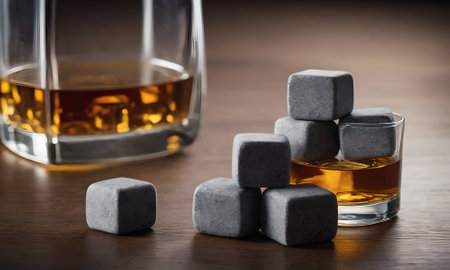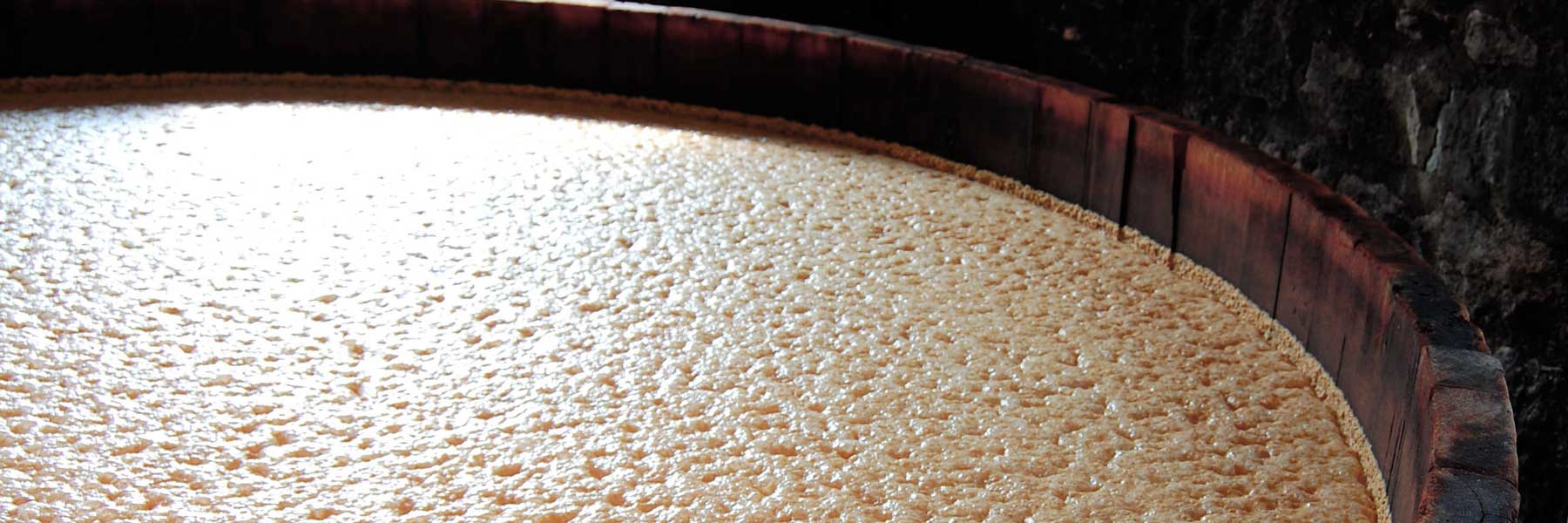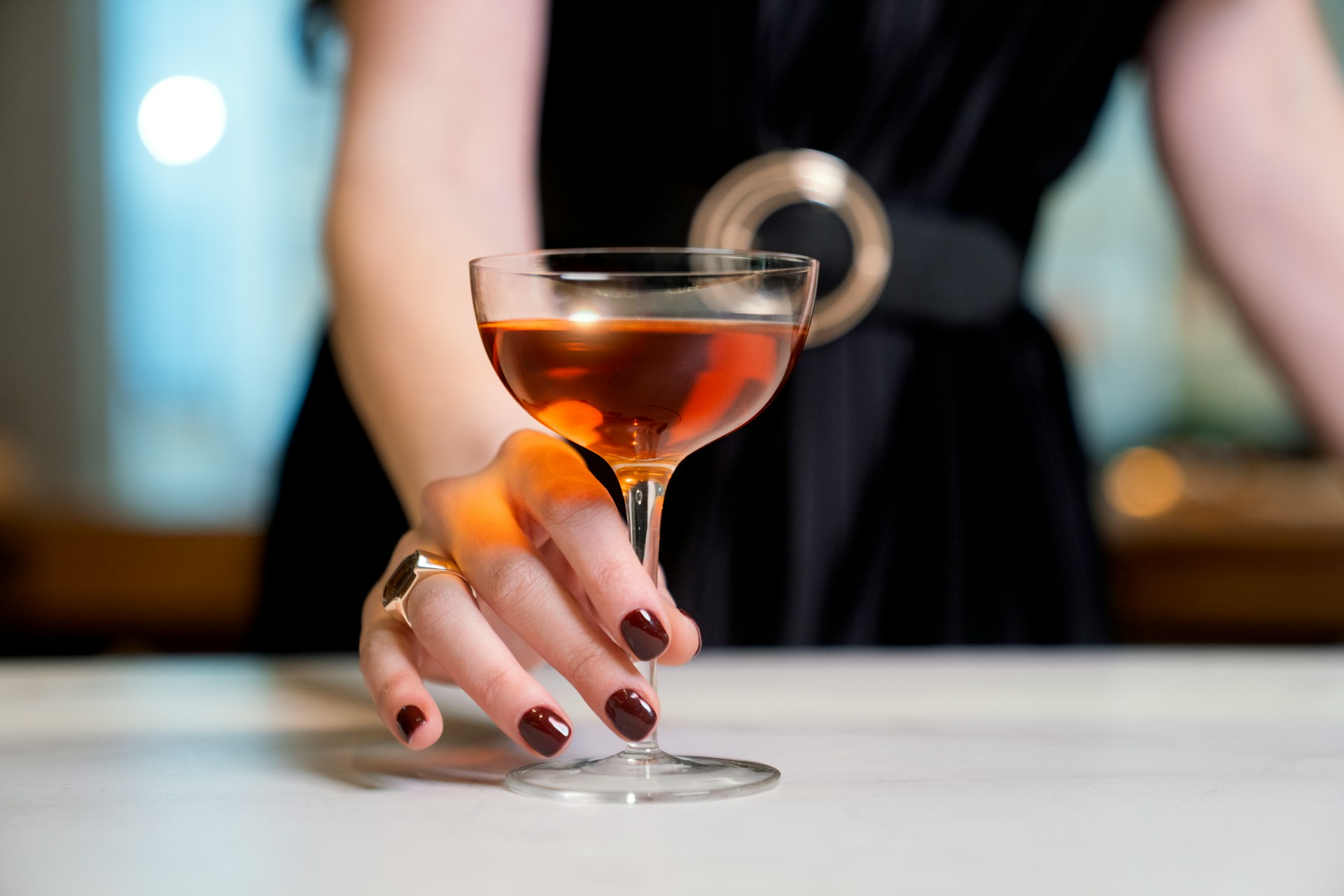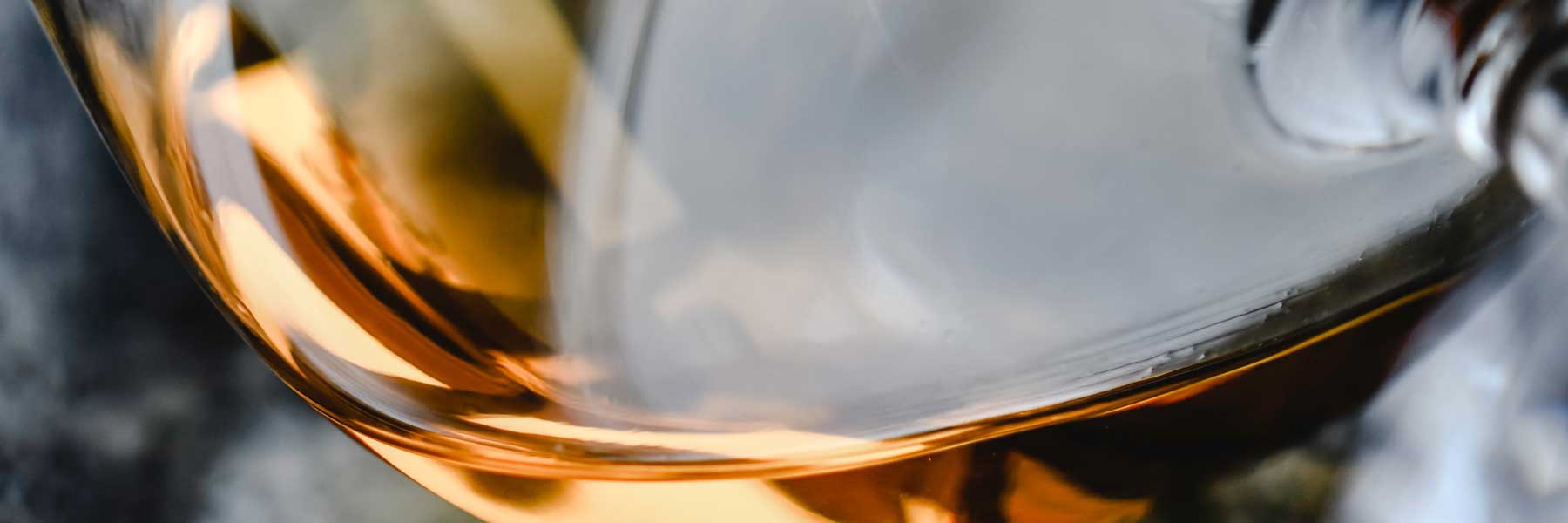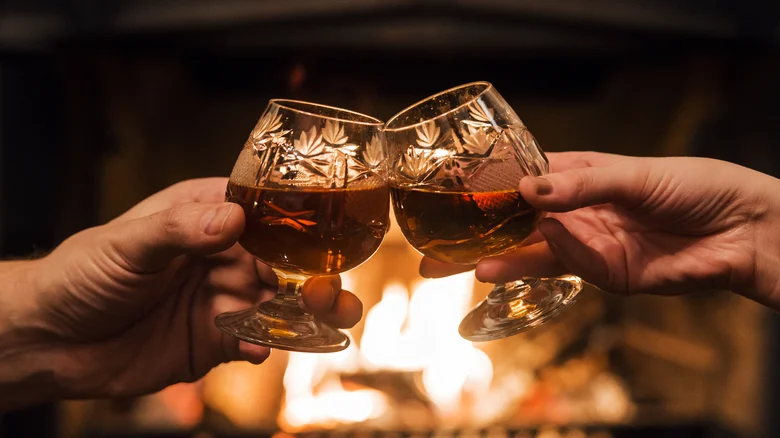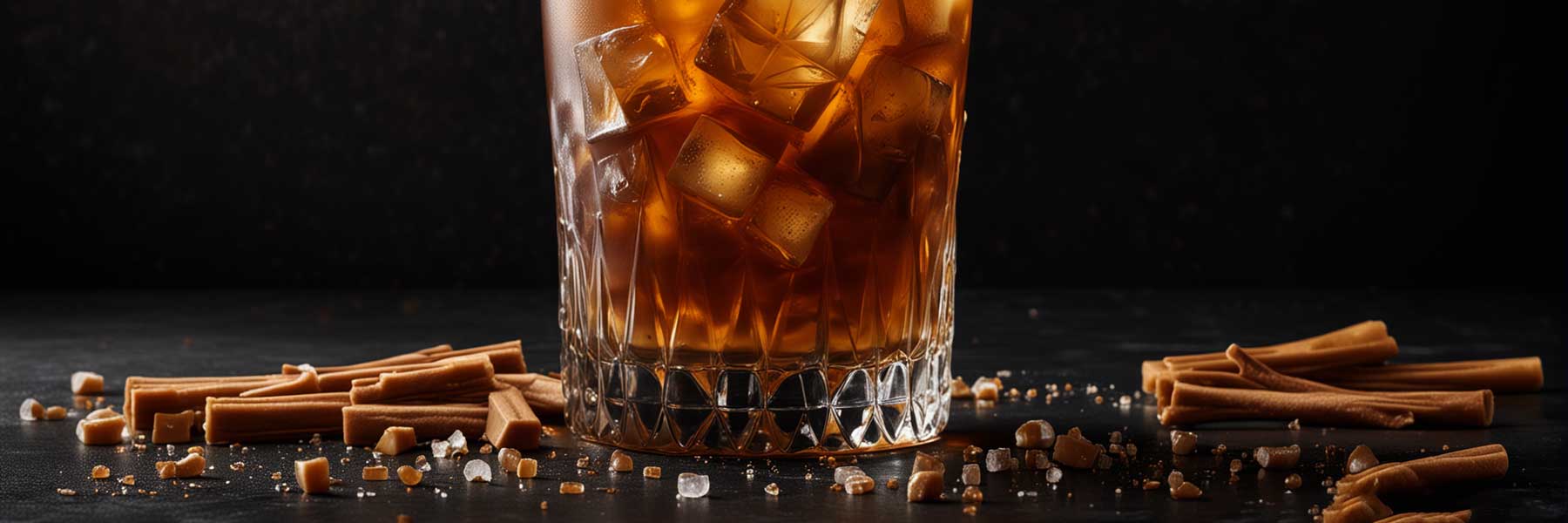How to appreciate whiskey. 7 tips to enhance your drinking experience
Whiskey tasting is something of art.
It requires practice, patience and attention to detail to fully appreciate the complex flavors contained within.
Whether you’re a seasoned aficionado or just beginning your journey into the world of whiskey, knowing how to enhance your tasting experience can unlock a deeper appreciation for this beloved spirit.
In this blog post, discover 7 helpful methods on how to appreciate whiskey better, improve your whiskey tasting process and unlock the full potential of any dram. No matter your experience, there’s always more to learn when it comes to savoring this timeless beverage.
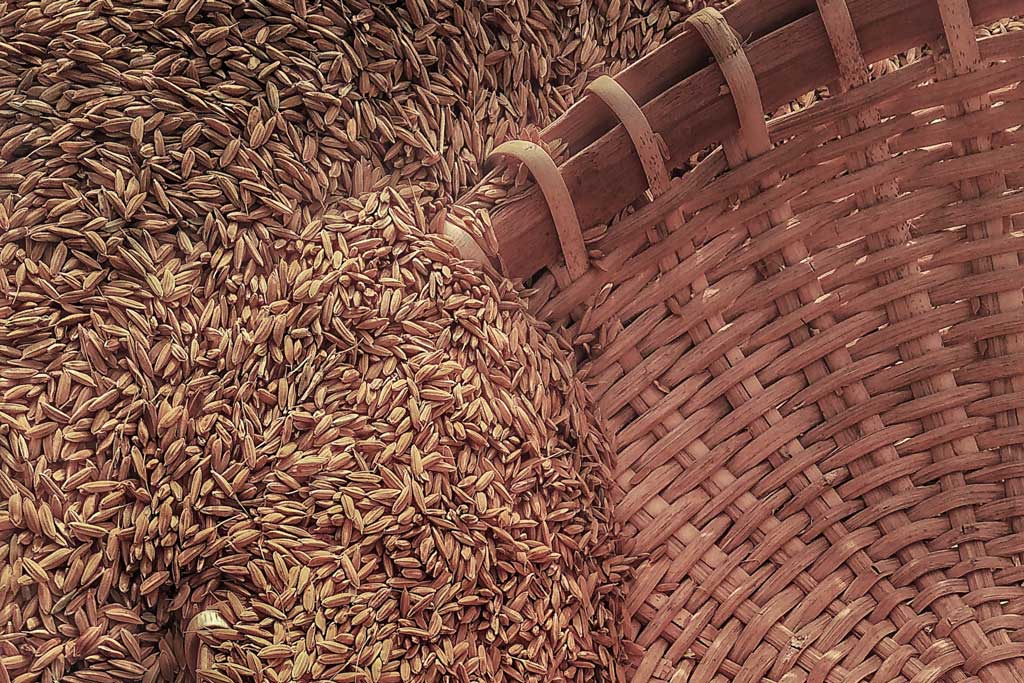
Whiskey basics
Before diving into the complexities of whiskey tasting, it’s good to know what whiskey is and how it’s produced.
Fundamentally, whiskey (or whisky) is a distilled alcoholic spirit created from water, cereal grains and yeast. Combined together, these ingredients are used to create a fermented mash.
The grains commonly used in whiskey production are commonly referred to as ‘cereals’ which include barley, corn, rye, and wheat. In American whiskey, at least two grains are used, always including a small portion of malted barely.
The grains are milled and combined with water to form a mash, which is then fermented with distillers yeast to convert the sugars into alcohol. The resulting liquid, known as “wash,” undergoes distillation to separate the alcohol from the solids and water, resulting in a clear distillate known as “new make spirit” or “white dog.”
This spirit is then aged in wooden barrels, typically oak, where it matures and develops its characteristic flavor profile.
The type of grain used, the fermentation process, the distillation technique, and the aging conditions all have an impact on the flavor of whiskey. Different whiskey-producing countries have distinct traditions and regulations controlling whiskey production, which adds to the variety of flavors and styles found in the world of whiskey.
Every stage of the whiskey production process, from grain selection to maturation, has a significant impact on the flavor of whiskey. The grain composition and ratios used within the mash bill have a considerable impact on the whiskey’s flavor profile. For example, whiskey manufactured mostly from maize is sweeter and smoother, whereas whiskey with a larger rye proportion has spicier and more robust qualities.
Fermentation is another critical step where yeast converts sugars into alcohol, producing various flavor compounds and congeners that contribute to the whiskey’s aroma and taste. In the US for example, sourmash is a common fermentation technique for making bourbon and Tennessee whiskey using previously fermented (highly acidic) grains to hasten the process and deter unwanted bacteria.
Distillation further refines the spirit, separating undesirable compounds and concentrating desirable flavors. The distillation method, whether pot still or column still, also influences the character of the final product.
The aging process in wooden barrels is where whiskey undergoes its most significant transformation. The porous nature of oak allows the spirit to interact with it, removing components like vanillin, tannins, and lignins, which add flavor, color, and complexity to the whiskey. Furthermore, environmental elements such as temperature, humidity, and maturation time influence how whiskey matures, providing diverse flavor profiles unique to each whiskey-producing locale.
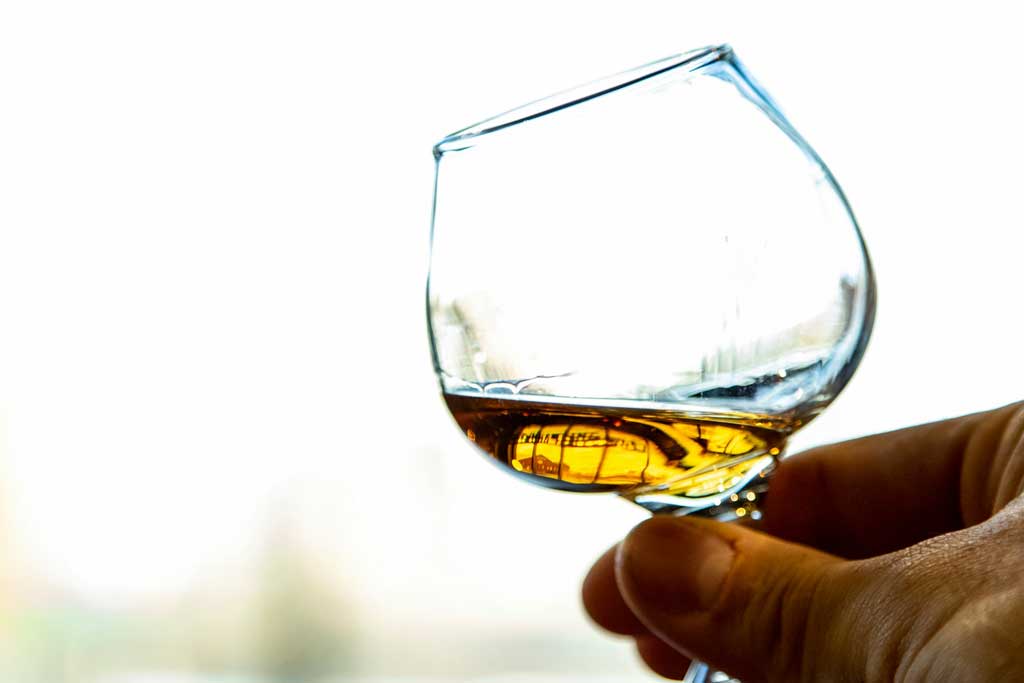
How to appreciate whiskey
#1 Selecting the right glassware for tasting whiskey
Choosing the appropriate glassware is critical for a successful whiskey tasting experience. A tulip-shaped glass, such as a Glencairn glass, is commonly used for whiskey tasting because it allows scents to concentrate at the top, making it easier to recognize and appreciate the subtleties of the whiskey. The design of the glass also helps direct the whiskey to the right areas of the tongue, which improves the taste sensation.
#2 Set the best environment for whiskey tasting
Creating the right environment can significantly impact your whiskey tasting experience. Find a quiet, well-lit space free from strong odors or distractions. Diminishing external influences will allow you to focus on the whiskey’s aromas, flavors, and overall profile.
#3 What is the best way to taste whiskey?
When tasting whiskey, you should use all of your senses to completely appreciate the spirit’s characteristics. To fully appreciate the nuances of whiskey, employ the “Five S’s” technique: See, Swirl, Smell, Sip, and Savor. Here’s a step-by-step guide to get the most of your whiskey tasting experience:
See: Begin by examining the whiskey’s appearance. Hold the glass up to the light and observe its color and clarity. Note any variations in hue, from pale gold to deep amber, which can indicate factors such as aging or cask type.
Swirl: Gently swirl the whiskey in your glass to release its aromatic compounds. This action oxygenates the spirit and amplifies its bouquet, allowing you to discern subtle scents more easily.
Smell: Bring the glass to your nose and take a series of short, deliberate sniffs. Identify the dominant aromas, such as fruit, spice, oak, or smoke. Pay attention to any underlying notes that emerge with each inhalation.
Sip: Take a small sip of whiskey and let it coat your palate. Notice its texture, viscosity, and mouthfeel. Roll the whiskey around your mouth to fully explore its flavors, from initial sweetness to lingering finish.
Savor: Allow the whiskey to linger on your palate, appreciating its complexity and evolution. Note any changes in flavor or intensity over time. Reflect on your overall impressions and how they contribute to your tasting experience.
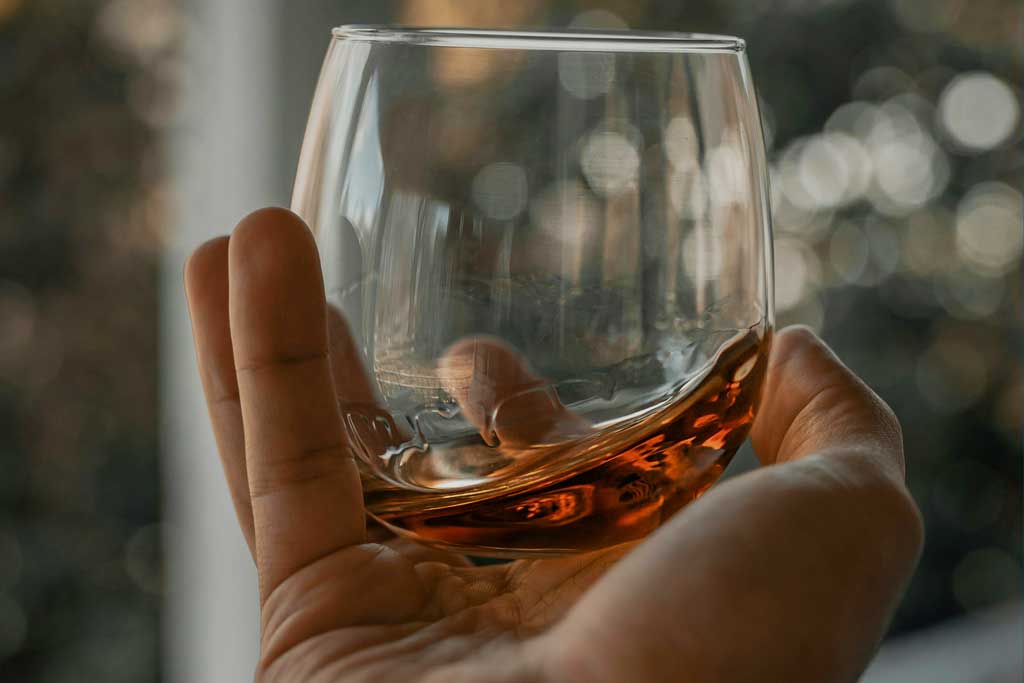
#4 Should I add water to whiskey?
Adding a few drops of water to your whiskey will help open up the tastes and aromas, especially in higher strength whiskeys. Experiment with adding small amounts of water and observe how it affects the whiskey’s profile. Some whiskey enthusiasts prefer to enjoy their whiskey with a splash of water to help release additional layers of complexity.
#5 Which foods pair well with whiskey?
Pairing whiskey with complementary foods can elevate the tasting experience. Consider pairing smoky whiskeys with charcuterie, spicy whiskeys with dark chocolate, and sweeter whiskeys with desserts. Experimenting with different food pairings can help you uncover new dimensions of flavor in both the whiskey and the food.
#6 Journal the tasting notes
Keeping a whiskey journal to record your tasting notes can be a valuable tool for tracking your preferences and the characteristics of different whiskeys. Note the whiskey’s name, age, proof, color, aroma, taste, finish, and overall impressions. Over time, this record can help you identify patterns in your preferences and better understand the qualities you enjoy in a whiskey.
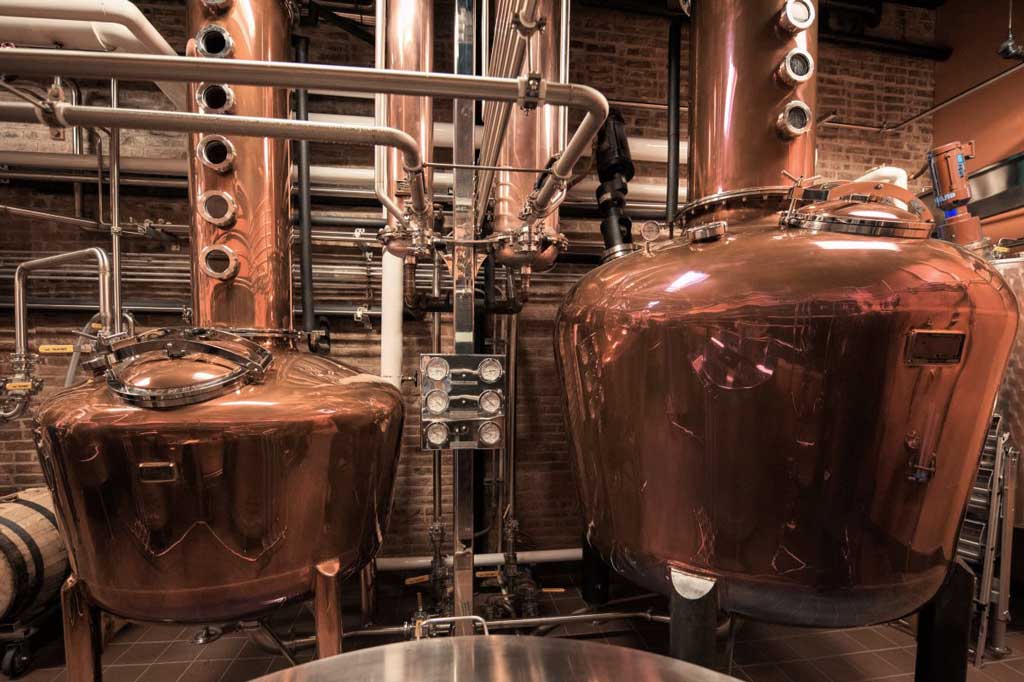
#7 Improve your whiskey knowledge
Enhancing your whiskey tasting experience doesn’t necessarily require formal education, but rather a combination of self-directed learning, practical experience, and exploration. However, there are several avenues you can pursue to deepen your understanding and refine your palate:
Whiskey Tasting Courses: Consider enrolling in specialized whiskey tasting courses offered by reputable bartending schools. These courses often cover topics such as whiskey production, flavor profiles, tasting techniques, and food pairings. Look for courses led by experienced industry professionals or certified whiskey experts.
Sensory Training Workshops: Participate in sensory training workshops or seminars of whiskey tasting focused on developing your ability to discern aromas, flavors, and textures in whiskey. These workshops may involve blind tastings, aroma identification exercises, and palate calibration techniques to enhance your tasting skills.
Distillery Tours and Tastings: Visit whiskey distilleries and participate in guided tours and tastings led by knowledgeable guides or master distillers. Immersing yourself in the production process and learning directly from experts can provide valuable insights into whiskey making and flavor development.
Reading and Research: Expand your knowledge of whiskey through reading books, articles, and online resources dedicated to the subject. Look for authoritative sources that cover topics such as whiskey history, production methods, tasting notes, and industry trends. Some recommended books include “The World Atlas of Whisky” by Dave Broom and “Tasting Whiskey” by Lew Bryson.
Joining Whiskey Clubs or Societies: Join whiskey clubs, societies, or online communities where you can connect with fellow enthusiasts, share tasting notes, and exchange recommendations. Participating in group tastings, events, and discussions can broaden your exposure to different whiskey styles and enhance your tasting experiences.
Attend Whiskey Festivals and Events: Attend whiskey festivals, tastings, and events held in your area or region. These gatherings provide opportunities to sample a wide variety of whiskies, interact with industry professionals, and attend educational seminars or master classes focused on whiskey tasting and appreciation.
Networking and Mentoring: Seek out opportunities to network with experienced whiskey enthusiasts, collectors, and professionals within the industry. Building relationships with mentors or seasoned connoisseurs can provide valuable guidance, insights, and recommendations for furthering your whiskey tasting journey.
Exploring Whiskey Regions:
Whiskey production varies significantly by region, with each geographical area imparting its unique characteristics to the spirit. Explore the distinct profiles of Scotch whisky from Scotland’s diverse regions, ranging from the peaty, maritime whiskies of Islay to the smooth, honeyed malts of Speyside. Similarly, delve into the bold flavors of American bourbon or the spicy complexity of Irish whiskey, each offering a glimpse into its cultural and historical heritage.
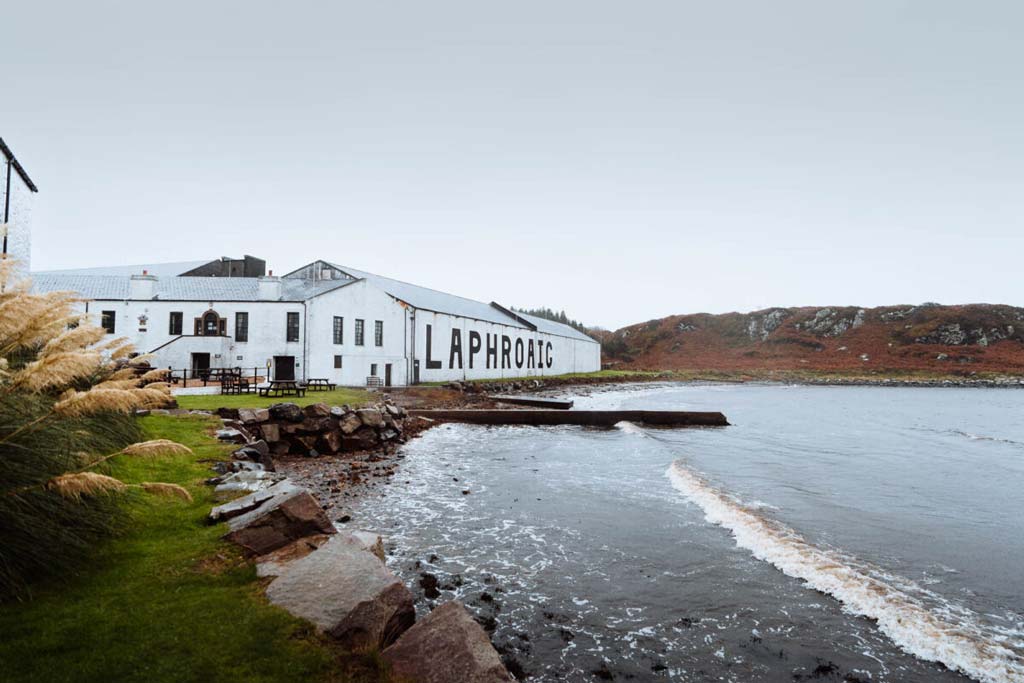
Conclusion
Whiskey tasting is a personal and enriching experience that can be enjoyed on various levels, from casual enjoyment to a dedicated hobby.
By paying attention to the subtleties, engaging your senses, and exploring the diverse range of whiskeys available, you may improve your tasting experience and gain a better knowledge and appreciation for this timeless spirit.
Whether you’re savoring a rare single malt Scotch or a smooth Kentucky Bourbon, each tasting offers an opportunity to engage your senses and embark on a journey of discovery.
Cheers to the journey of whiskey exploration and the enjoyment it brings to your taste.


